Deck 59: Lines
Question
Question
Question
Question
Question
Question
Question
Question
Question
Question
Question
Question
Question
Question
Question
Question
Question
Question
Question
Question
Question
Question
Question
Question
Question
Question
Question
Question
Question
Question
Question
Question
Question
Question
Question
Question
Question
Question
Question
Question
Question
Question
Question
Question
Question
Question
Question
Question
Question
Question

Unlock Deck
Sign up to unlock the cards in this deck!
Unlock Deck
Unlock Deck
1/50
Play
Full screen (f)
Deck 59: Lines
1
Find the angle (in radians and degrees)between the lines.Round your answer to four decimal places for radians and round your answer to one decimal places for degree. 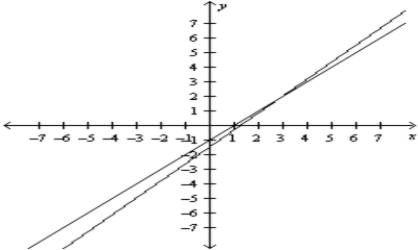
A)
B)
C)
D)
E)

A)
B)
C)
D)
E)
2
Find the inclination Θ (in degrees)of the line with a slope of m.Round your answer to one decimal places.
A)
B)
C)
D)
E)
A)
B)
C)
D)
E)
3
Find the inclination (in radians and degrees)of the line passing through the points.Round your answer to four decimal places for radians and round your answer to one decimal places for degree.
A)
B)
C)
D)
E)
A)
B)
C)
D)
E)
4
Find the inclination (in radians and degrees)of the line.Round your answer to four decimal places for radians and round your answer to one decimal places for degree.
A)
B)
C)
D)
E)
A)
B)
C)
D)
E)

Unlock Deck
Unlock for access to all 50 flashcards in this deck.
Unlock Deck
k this deck
5
Find the inclination (in radians and degrees)of the line passing through the points.Round your answer to four decimal places for radians and round your answer to one decimal places for degree.
A)
B)
C)
D)
E)
A)
B)
C)
D)
E)

Unlock Deck
Unlock for access to all 50 flashcards in this deck.
Unlock Deck
k this deck
6
Find the angle (in radians and degrees)between the lines.Round your answer to four decimal places for radians and round your answer to one decimal places for degree.
A)
B)
C)
D)
E)
A)
B)
C)
D)
E)

Unlock Deck
Unlock for access to all 50 flashcards in this deck.
Unlock Deck
k this deck
7
Find the angle (in radians and degrees)between the lines.Round your answer to four decimal places for radians and round your answer to one decimal places for degree. 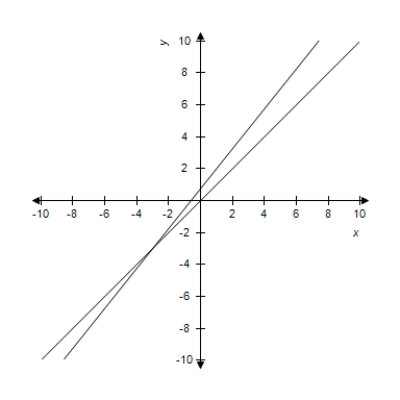
A)
B)
C)
D)
E)

A)
B)
C)
D)
E)

Unlock Deck
Unlock for access to all 50 flashcards in this deck.
Unlock Deck
k this deck
8
Find the inclination (in radians and degrees)of the line.Round your answer to four decimal places for radians and round your answer to one decimal places for degree.
A)
B)
C)
D)
E)
A)
B)
C)
D)
E)

Unlock Deck
Unlock for access to all 50 flashcards in this deck.
Unlock Deck
k this deck
9
Find the angle (in radians and degrees)between the lines.Round your answer to four decimal places for radians and round your answer to one decimal places for degree.
A)
B)
C)
D)
E)
A)
B)
C)
D)
E)

Unlock Deck
Unlock for access to all 50 flashcards in this deck.
Unlock Deck
k this deck
10
Find the angle (in radians and degrees)between the lines.Round your answer to four decimal places for radians and round your answer to one decimal places for degree. 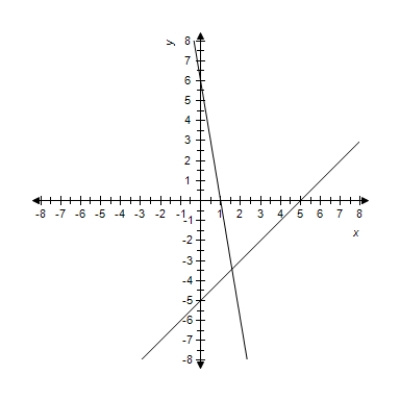
A)
B)
C)
D)
E)

A)
B)
C)
D)
E)

Unlock Deck
Unlock for access to all 50 flashcards in this deck.
Unlock Deck
k this deck
11
Find the inclination Θ (in degrees)of the line with a slope of m.Round your answer to one decimal places.
A)
B)
C)
D)
E)
A)
B)
C)
D)
E)

Unlock Deck
Unlock for access to all 50 flashcards in this deck.
Unlock Deck
k this deck
12
Find the inclination (in radians and degrees)of the line.Round your answer to four decimal places for radians and round your answer to one decimal places for degree.
A)
B)
C)
D)
E)
A)
B)
C)
D)
E)

Unlock Deck
Unlock for access to all 50 flashcards in this deck.
Unlock Deck
k this deck
13
Find the inclination (in radians and degrees)of the line passing through the points.Round your answer to four decimal places for radians and round your answer to one decimal places for degree.
A)
B)
C)
D)
E)
A)
B)
C)
D)
E)

Unlock Deck
Unlock for access to all 50 flashcards in this deck.
Unlock Deck
k this deck
14
Find the inclination (in radians and degrees)of the line passing through the points.Round your answer to four decimal places for radians and round your answer to one decimal places for degree.
A)
B)
C)
D)
E)
A)
B)
C)
D)
E)

Unlock Deck
Unlock for access to all 50 flashcards in this deck.
Unlock Deck
k this deck
15
Find the inclination (in radians and degrees)of the line.Round your answer to four decimal places for radians and round your answer to one decimal places for degree.
A)
B) .
C) ..
D)
E) ...
A)
B) .
C) ..
D)
E) ...

Unlock Deck
Unlock for access to all 50 flashcards in this deck.
Unlock Deck
k this deck
16
Find the slope of the line with inclination .Round your answer to four decimal places.
A)
B)
C)
D)
E)
A)
B)
C)
D)
E)

Unlock Deck
Unlock for access to all 50 flashcards in this deck.
Unlock Deck
k this deck
17
Find the inclination Θ (in degrees)of the line with a slope of m.Round your answer to one decimal places.
A)
B)
C)
D)
E)
A)
B)
C)
D)
E)

Unlock Deck
Unlock for access to all 50 flashcards in this deck.
Unlock Deck
k this deck
18
Find the slope of the line with inclination .Round your answer to four decimal places.
A)
B)
C)
D)
E)
A)
B)
C)
D)
E)

Unlock Deck
Unlock for access to all 50 flashcards in this deck.
Unlock Deck
k this deck
19
Find the inclination Θ (in degrees)of the line with a slope of m.Round your answer to one decimal places.
A)
B)
C)
D)
E)
A)
B)
C)
D)
E)

Unlock Deck
Unlock for access to all 50 flashcards in this deck.
Unlock Deck
k this deck
20
Find the angle (in radians and degrees)between the lines.Round your answer to four decimal places for radians and round your answer to one decimal places for degree.
A)
B)
C)
D)
E)
A)
B)
C)
D)
E)

Unlock Deck
Unlock for access to all 50 flashcards in this deck.
Unlock Deck
k this deck
21
Find the angle (in radians and degrees)between the lines.Round your answer to four decimal places for radians and round your answer to one decimal places for degree.
A)
B)
C)
D)
E)
A)
B)
C)
D)
E)

Unlock Deck
Unlock for access to all 50 flashcards in this deck.
Unlock Deck
k this deck
22
Find the distance between the point and the line.Round your answer to four decimal places. Point Line
A)
B)
C)
D)
E)
A)
B)
C)
D)
E)

Unlock Deck
Unlock for access to all 50 flashcards in this deck.
Unlock Deck
k this deck
23
Find the distance between the point and the line.Round your answer to four decimal places. Point Line
A)
B)
C)
D)
E)
A)
B)
C)
D)
E)

Unlock Deck
Unlock for access to all 50 flashcards in this deck.
Unlock Deck
k this deck
24
A straight road rises with an inclination of 0.22 radian from the horizontal.Find the slope of the road and the change in elevation over a one-mile stretch of the road.Round your answer to four decimal places for the m round your answers to nearest whole number for change in elevation.
A)
B)
C)
D)
E)
A)
B)
C)
D)
E)

Unlock Deck
Unlock for access to all 50 flashcards in this deck.
Unlock Deck
k this deck
25
Find the distance between the point and the line. Point Line
A)
B)
C)
D)
E)
A)
B)
C)
D)
E)

Unlock Deck
Unlock for access to all 50 flashcards in this deck.
Unlock Deck
k this deck
26
A moving conveyor is built so that it rises 3 meter for each 5 meters of horizontal travel.The conveyor runs between two floors in a factory.The distance between the floors is 4 meters.Find the length of the conveyor.Round your answers to one decimal place.
A)
B)
C)
D)
E)
A)
B)
C)
D)
E)

Unlock Deck
Unlock for access to all 50 flashcards in this deck.
Unlock Deck
k this deck
27
A moving conveyor is built so that it rises 7 meter for each 9 meters of horizontal travel.Select a diagram that gives a visual representation of the problem.
A)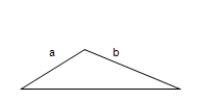 a = 7m,b = 9m
a = 7m,b = 9m
B) a = 7m,b = 9m
a = 7m,b = 9m
C) a = 7m,b = 9m
a = 7m,b = 9m
D)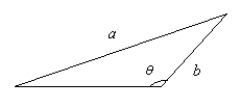 a = 7m,b = 9m
a = 7m,b = 9m
E) a = 7m,b = 9m
a = 7m,b = 9m
A)
 a = 7m,b = 9m
a = 7m,b = 9mB)
 a = 7m,b = 9m
a = 7m,b = 9mC)
 a = 7m,b = 9m
a = 7m,b = 9mD)
 a = 7m,b = 9m
a = 7m,b = 9mE)
 a = 7m,b = 9m
a = 7m,b = 9m
Unlock Deck
Unlock for access to all 50 flashcards in this deck.
Unlock Deck
k this deck
28
Find the distance between the point and the line.Round your answer to four decimal places. Point Line
A)
B)
C)
D)
E)
A)
B)
C)
D)
E)

Unlock Deck
Unlock for access to all 50 flashcards in this deck.
Unlock Deck
k this deck
29
Find the distance between the point and the line.Round your answer to four decimal places. Point Line
A)
B)
C)
D)
E)
A)
B)
C)
D)
E)

Unlock Deck
Unlock for access to all 50 flashcards in this deck.
Unlock Deck
k this deck
30
A roof has a rise of 9 feet for every horizontal change of 11 feet (see figure).Find the inclination of the roof.Round your answers to one decimal place. 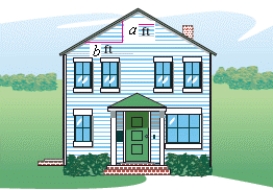
A)
B)
C)
D)
E)

A)
B)
C)
D)
E)

Unlock Deck
Unlock for access to all 50 flashcards in this deck.
Unlock Deck
k this deck
31
Find the angle (in radians and degrees)between the lines.Round your answer to four decimal places for radians and round your answer to one decimal places for degree.
A)
B)
C)
D)
E)
A)
B)
C)
D)
E)

Unlock Deck
Unlock for access to all 50 flashcards in this deck.
Unlock Deck
k this deck
32
A moving conveyor is built so that it rises 9 meter for each 11 meters of horizontal travel.Find the inclination of the conveyor.Round your answers to one decimal place.
A)
B)
C)
D)
E)
A)
B)
C)
D)
E)

Unlock Deck
Unlock for access to all 50 flashcards in this deck.
Unlock Deck
k this deck
33
The given points represent the vertices of a triangle.Select the triangle ABC in the coordinate plane.
A)
B)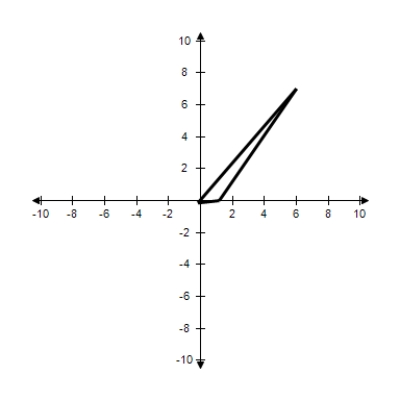
C)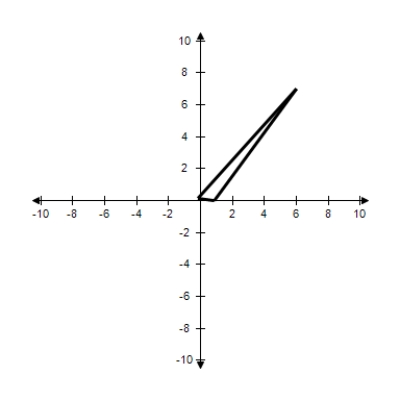
D)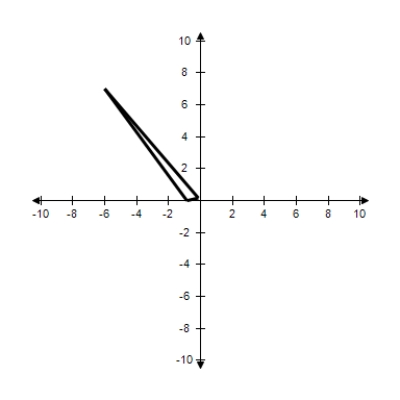
E)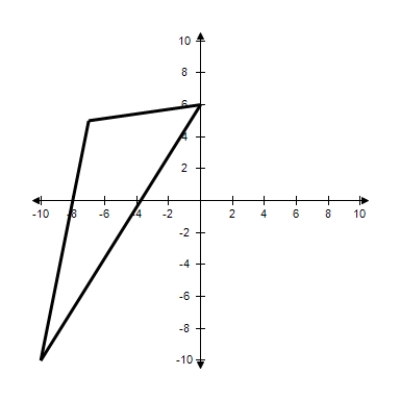
A)

B)

C)

D)

E)


Unlock Deck
Unlock for access to all 50 flashcards in this deck.
Unlock Deck
k this deck
34
The given points represent the vertices of a triangle.Select the triangle ABC in the coordinate plane.
A = (-4,-5),B = (2,7),C = (5,7)
A)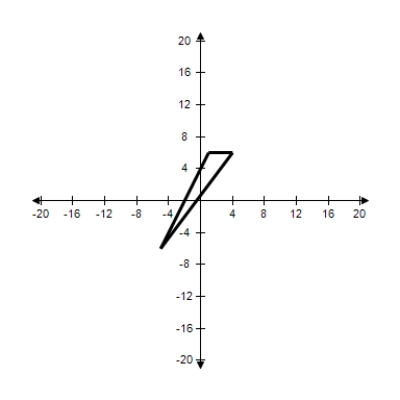
B)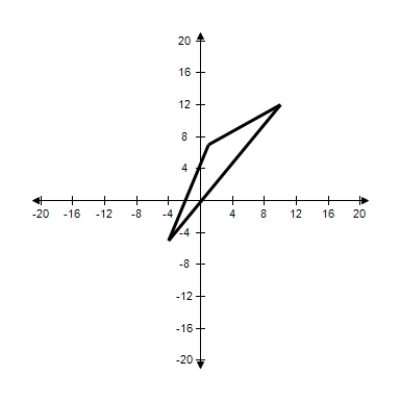
C)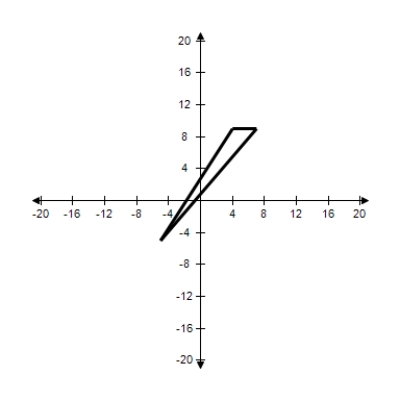
D)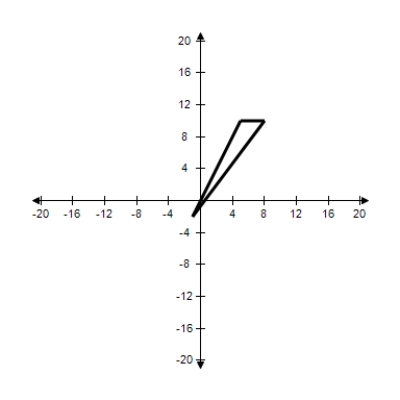
E)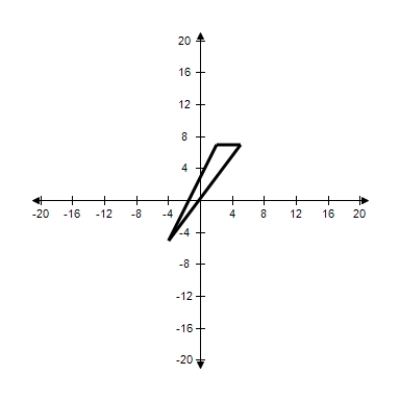
A = (-4,-5),B = (2,7),C = (5,7)
A)

B)

C)

D)

E)


Unlock Deck
Unlock for access to all 50 flashcards in this deck.
Unlock Deck
k this deck
35
Find the angle (in radians and degrees)between the lines.Round your answer to four decimal places for radians and round your answer to one decimal places for degree.
A)
B)
C)
D)
E)
A)
B)
C)
D)
E)

Unlock Deck
Unlock for access to all 50 flashcards in this deck.
Unlock Deck
k this deck
36
The given points represent the vertices of a triangle.Select the triangle ABC in the coordinate plane.
A = (0,0),B = (3,6),C = (6,0)
A)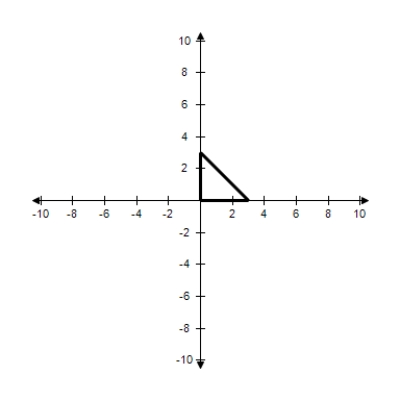
B)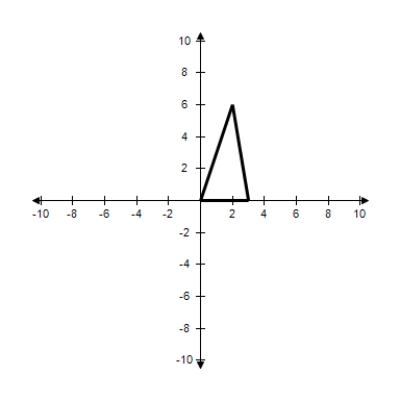
C)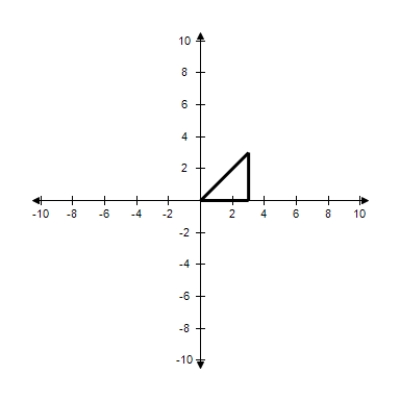
D)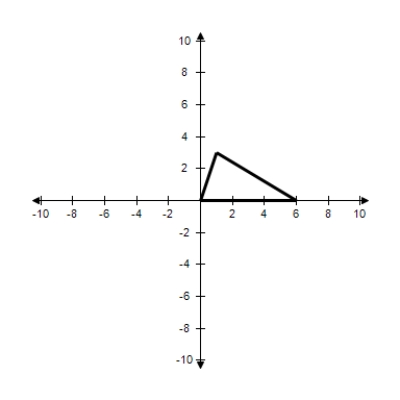
E)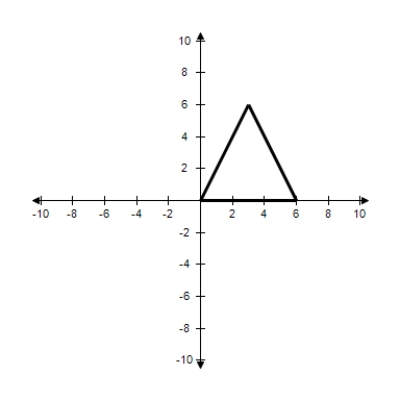
A = (0,0),B = (3,6),C = (6,0)
A)

B)

C)

D)

E)


Unlock Deck
Unlock for access to all 50 flashcards in this deck.
Unlock Deck
k this deck
37
Find the distance between the point and the line.Round your answer to four decimal places. Point Line
A)
B)
C)
D)
E)
A)
B)
C)
D)
E)

Unlock Deck
Unlock for access to all 50 flashcards in this deck.
Unlock Deck
k this deck
38
Find the distance between the point and the line.Round your answer to four decimal places. Point Line
A)
B)
C)
D)
E)
A)
B)
C)
D)
E)

Unlock Deck
Unlock for access to all 50 flashcards in this deck.
Unlock Deck
k this deck
39
A straight road rises with an inclination of 0.21 radian from the horizontal (see figure).Find the slope of the road and the change in elevation (x)over a two-mile stretch of the road.Round your answer to four decimal places for the m round your answers to nearest whole number for change in elevation. 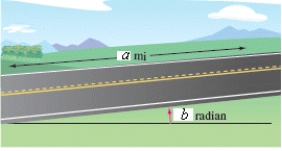
A)
B)
C)
D)
E)

A)
B)
C)
D)
E)

Unlock Deck
Unlock for access to all 50 flashcards in this deck.
Unlock Deck
k this deck
40
The given points represent the vertices of a triangle.Select the triangle ABC in the coordinate plane.
A = (0,0),B = (3,4),C = (4,-3)
A)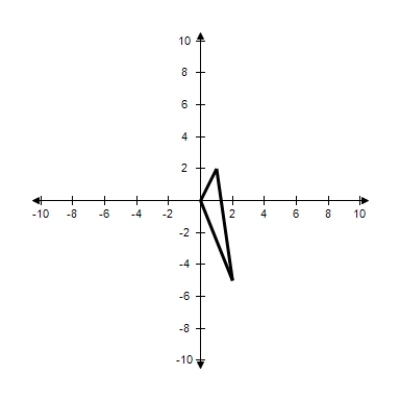
B)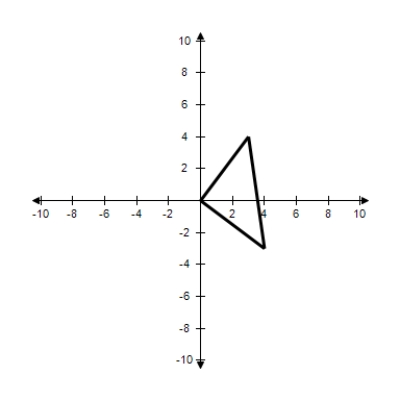
C)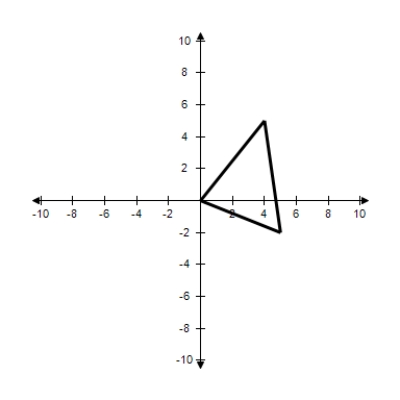
D)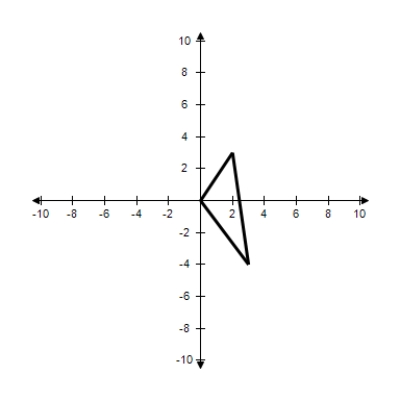
E)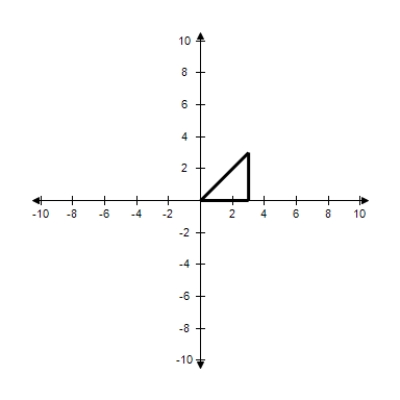
A = (0,0),B = (3,4),C = (4,-3)
A)

B)

C)

D)

E)


Unlock Deck
Unlock for access to all 50 flashcards in this deck.
Unlock Deck
k this deck
41
Consider a line with slope m and y-intercept (0,2).Write the distance d between the origin and the line as a function of m.
A)
B)
C)
D)
E)
A)
B)
C)
D)
E)

Unlock Deck
Unlock for access to all 50 flashcards in this deck.
Unlock Deck
k this deck
42
Consider a line with slope m and y-intercept (0,7).Select the graph of the distance between the origin and the line.
A)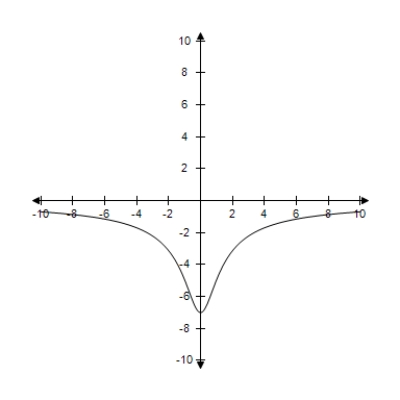
B)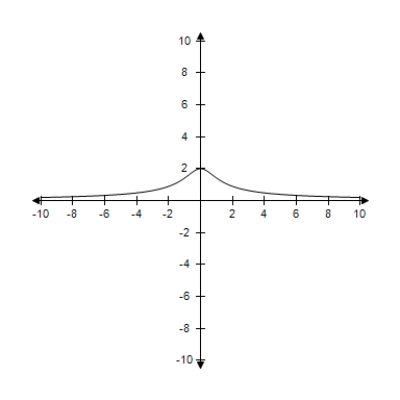
C)
D)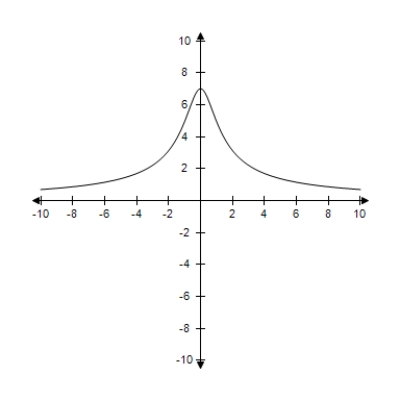
E)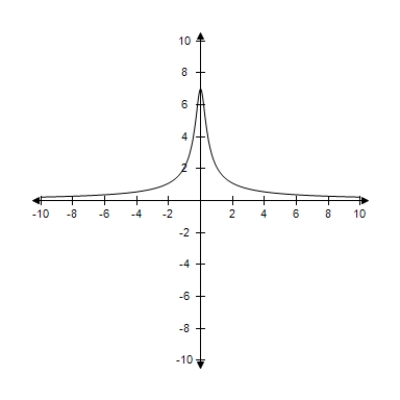
A)

B)

C)

D)

E)


Unlock Deck
Unlock for access to all 50 flashcards in this deck.
Unlock Deck
k this deck
43
Consider a line with slope m and y-intercept (0,3).Find the slope that yields the maximum distance between the point (2,1)and the line.
A)
B)
C)
D)
E)
A)
B)
C)
D)
E)

Unlock Deck
Unlock for access to all 50 flashcards in this deck.
Unlock Deck
k this deck
44
The Falls Incline Railway in Niagara Falls,Ontario,Canada is an inclined railway that was designed to carry people from the City of Niagara Falls to Queen Victoria Park.The railway is approximately 110 feet long with a 28% uphill grade (see figure).Find the change in elevation from the base to the top of the railway.Round your answers to one decimal place. 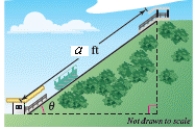
A)
B)
C)
D)
E)

A)
B)
C)
D)
E)

Unlock Deck
Unlock for access to all 50 flashcards in this deck.
Unlock Deck
k this deck
45
The Falls Incline Railway in Niagara Falls,Ontario,Canada is an inclined railway that was designed to carry people from the City of Niagara Falls to Queen Victoria Park.The railway is approximately 170 feet long with a 40% uphill grade (see figure).Using the origin of a rectangular coordinate system as the base of the inclined plane,find the equation of the line that models the railway track. 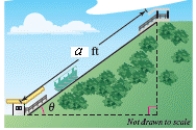
A)
B)
C)
D)
E)

A)
B)
C)
D)
E)

Unlock Deck
Unlock for access to all 50 flashcards in this deck.
Unlock Deck
k this deck
46
Consider a line with slope m and y-intercept (0,5).Find the slope that yields the maximum distance between the origin and the line.
A)The maximum distance of occurs when the slope m is and the line through (0,5)is horizontal.
B)The maximum distance of 5 occurs when the slope m is 0 and the line through (0,5)is horizontal.
C)The maximum distance of occurs when the slope m is 0 and the line through (0,5)is horizontal.
D)The maximum distance of 6 occurs when the slope m is 0 and the line through (0,6)is horizontal.
E)The maximum distance of occurs when the slope m is and the line through (0,5)is horizontal.
A)The maximum distance of occurs when the slope m is and the line through (0,5)is horizontal.
B)The maximum distance of 5 occurs when the slope m is 0 and the line through (0,5)is horizontal.
C)The maximum distance of occurs when the slope m is 0 and the line through (0,5)is horizontal.
D)The maximum distance of 6 occurs when the slope m is 0 and the line through (0,6)is horizontal.
E)The maximum distance of occurs when the slope m is and the line through (0,5)is horizontal.

Unlock Deck
Unlock for access to all 50 flashcards in this deck.
Unlock Deck
k this deck
47
Consider a line with slope m and y-intercept (0,3).Select the graph of the distance d between the point (2,1)and the line as a function of m.
A)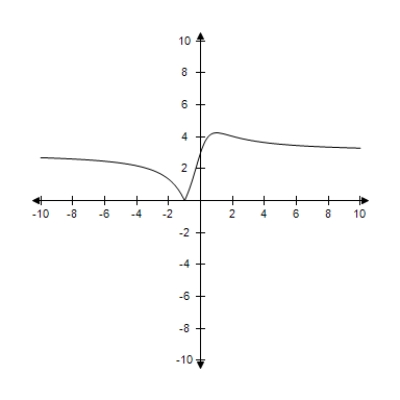
B)
C)
D)
E)
A)

B)

C)

D)

E)


Unlock Deck
Unlock for access to all 50 flashcards in this deck.
Unlock Deck
k this deck
48
Consider a line with slope m and y-intercept (0,8).Write the distance d between the point (7,1)and the line as a function of m.
A)
B)
C)
D)
E)
A)
B)
C)
D)
E)

Unlock Deck
Unlock for access to all 50 flashcards in this deck.
Unlock Deck
k this deck
49
The Falls Incline Railway in Niagara Falls,Ontario,Canada is an inclined railway that was designed to carry people from the City of Niagara Falls to Queen Victoria Park.The railway is approximately 130 feet long with a 46% uphill grade (see figure).Find the inclination of the railway.Round your answer to four decimal places for radians and round your answer to one decimal places for degree. 
A)
B)
C)
D)
E)

A)
B)
C)
D)
E)

Unlock Deck
Unlock for access to all 50 flashcards in this deck.
Unlock Deck
k this deck
50
The Falls Incline Railway in Niagara Falls,Ontario,Canada is an inclined railway that was designed to carry people from the City of Niagara Falls to Queen Victoria Park.The railway is approximately 180 feet long with a 42% uphill grade (see figure).Select the graph of the equation of the line that models the railway track. 
A)
B)
C)
D)
E)

A)

B)

C)

D)

E)


Unlock Deck
Unlock for access to all 50 flashcards in this deck.
Unlock Deck
k this deck



